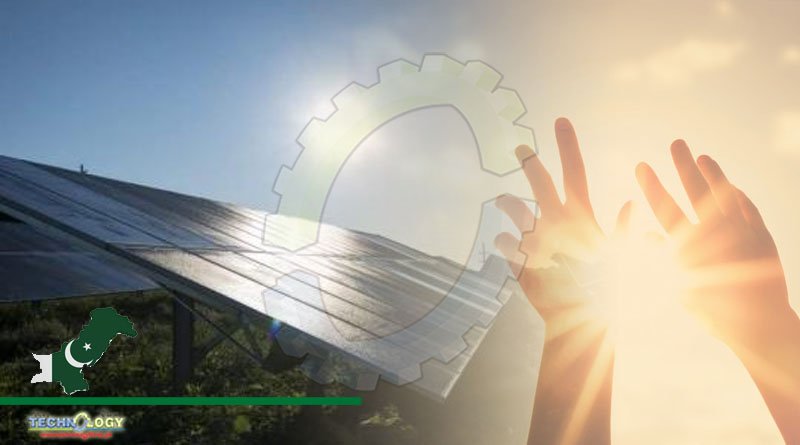The concept of SRM could be made possible through various ways including surface albedo modification, marine cloud brightening and stratospheric aerosol injection.

The Sustainable Development Policy Institute (SDPI) organized a special lecture on ‘Solar Radiation Management’ with the Executive Director of the Carnegie Climate Governance Initiative (C2G) Janos Pasztor here on Thursday. The purpose of the lecture was to discuss Solar Radiation Modification (SRM) for addressing a symptom of climate change by reflecting more sunlight into space and reducing the Earth’s temperature.
Addressing the session Janos Pasztor said that climate change is far more than just an environmental issue as it is a powerful threat to people’s health, livelihoods, security and survival. He stated that policy makers are deeply worried about the climate impacts at the current level of average global warming, which is about 1.2 C. “We need to start looking at how to manage the risks from the temperature overshoot and the fundamental objective is to shift the discussion from science to policy”, he said.
He said the concept of SRM could be made possible through various ways including surface albedo modification, marine cloud brightening and stratospheric aerosol injection. The stratospheric aerosol injection technique could be a supplement but it has some risks, he informed.
Solar Radiation Modification (SRM), also known as Solar Radiation Management, Radiation Modification Measures or Solar Geoengineering, would aim to address a symptom of climate change by reflecting more sunlight back into space, or by allowing more infrared radiation from Earth to escape, in order to reduce the Earth’s temperature. It includes numerous proposed methods which differ significantly. Solar Radiation Modification could not be a substitute for reducing emissions, or removing atmospheric CO2.
Solar Radiation Modification would not directly reduce carbon dioxide concentrations in the atmosphere, and thus does not address ocean acidification or air pollution caused by high levels of atmospheric CO2. SRM’s excessive and/or poorly distributed use, or sudden and sustained termination, could pose serious environmental risks. Other negative impacts are possible and more research is required to thoroughly address such impacts. Governing solar geoengineering is challenging for multiple reasons, including that few countries would likely be capable of doing it alone.
Originally published at Urdu Point
